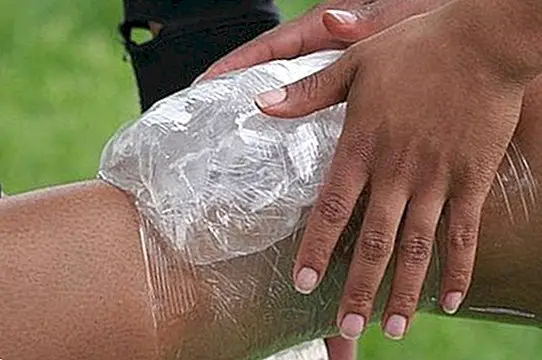How to consume more calcium without eating dairy
It is very common to associate the calcium to the dairy products, mainly because these foods have always been related to this important mineral for our body. And rightly so, given that among the foods richest in calcium we find dairy products and derivatives such as cheeses (especially manchego cured cheese), milk and yogurt.
In addition, we must not forget something fundamental: it is vital to consume calcium and vitamin D together, since calcium needs this vitamin to be more easily absorbed by our intestine. They emphasize, therefore, foods like the fish and the dairy products and derivatives.

But for those who follow a dairy-free diet, or for those who definitely do not want to consume them, it is clear that they must provide their body with calcium from other foods equally rich in this mineral. In fact, unlike what is usually thought, the reality is that if we are interested in knowing how much calcium a glass of milk brings, we realize that sardines or tofu provide even more calcium than a glass of whole cow's milk.
But first let's find out what is the recommended daily amount of calcium, depending on how old we are, and if we are male or female:
| Age | mens | Women | |
| 0-6 months | 210 | 210 | |
| 7-12 months | 270 | 270 | |
| 1-3 years | 500 | 500 | |
| 4-8 years | 800 | 800 | |
| 9-13 years | 1300 | 1300 | |
| 14-18 years | 1300 | 1300 | |
| 19-50 years | 1000 | 1000 | |
| +51 years | 1200 | 1200 | |
| Pregnancy and lactation | -18 years | 1300 | |
| Pregnancy and lactation | +18 years | 1000 |
Once we have the previous table present, it is a good idea to discover which foods are richest in calcium, and they are not necessarily dairy products, which you should include in your diet daily to ensure a correct intake of this mineral:
Food | Calcium content |
Sardines | 550 mg |
Tofu | 506 mg |
Dried figs | 280 mg |
Almonds, hazelnuts | 240 mg |
Watercress | 220 mg |
Norway lobsters, prawns and prawns | 220 mg |
Chickpeas | 145 mg |
Pistachios | 136 mg |
White beans, dried beans | 130 mg |
Clams, cockles | 120 mg |
Roasted peanuts | 61 mg |
Swiss chard, spinach, leek | 114-87 mg |
Cabbage | 57 mg |
Image | Jeanne Menjoulet & Cie This article is published for informational purposes only. You can not and should not replace the consultation with a Nutritionist. We advise you to consult your trusted Nutritionist.


